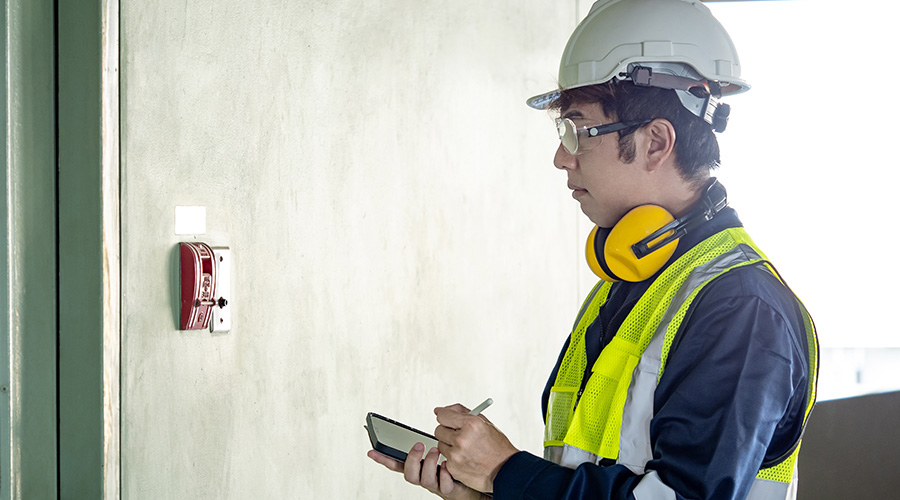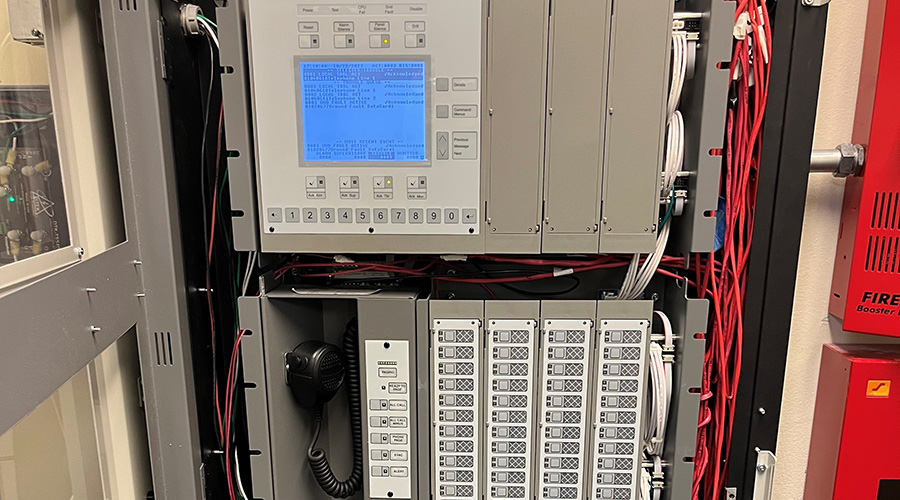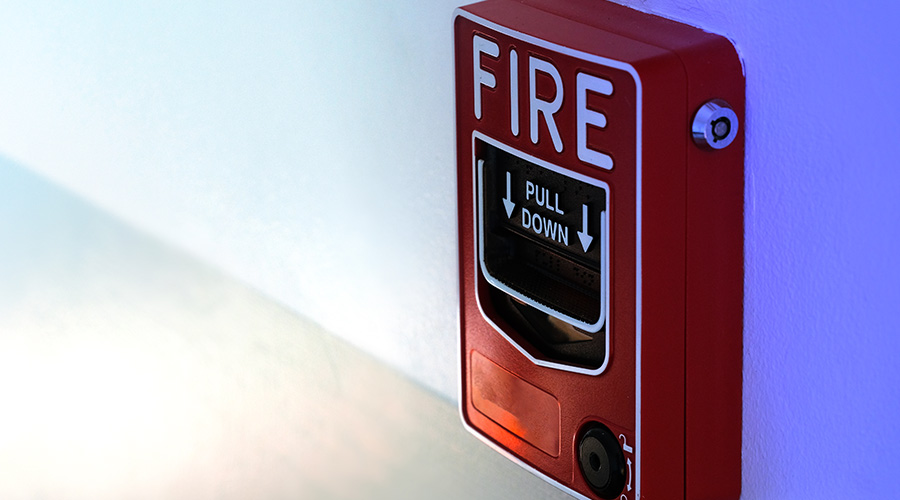Technical Systems, Occupant Behavior Both Play Role In Fire And Life Safety Planning
When a discussion turns to fire and life safety preparation, many facility managers and owners focus on the technical systems, such as sprinklers and alarms, in place to combat such emergencies. To be sure, these are critical; they can limit the danger and allow occupants to get to safety. At the same time, understanding how building occupants are likely to behave in an emergency, and taking steps to ensure that their actions help — rather than hinder — everyone's safety also is critical.
"Once you understand this, you can take better strides to protect them," says Chris Jelenewicz, engineering program manager with the Society of Fire Protection Engineers.
People's actions can play a larger role than does the technology in place, says Ronnie Gibson, vice president and chief engineer with insurer FM Global. "When you look at a significant event after the fact, there's always some sort of human factor in play."
For instance, many people instinctively want to exit a building the same way they came in, Jelenewicz says. In an emergency, that could be dangerous.
Fortunately, facility managers can take steps to ensure that occupants know what to do in an emergency, and then follow through, Gibson says. And while this is important anywhere, it tends to be even more critical in office buildings than in some other facilities, he adds. "In office buildings, you're typically dealing with people who aren't thinking about emergencies." In contrast, at least some of the employees in, say, a manufacturing plant typically will be focused on potential hazards and risks. Indeed, for some, this will fall within their job responsibilities.
Practicing the Procedures
The first key to helping occupants safely navigate an emergency is ensuring that they know what to do, Gibson says. While that may sound obvious, it's not uncommon to find that occupants have never run through the steps they need to take or don't know where essential equipment, like a fire extinguisher, is located. No matter how simple their responsibilities may appear, people tend to carry them out more effectively when they've had a chance to practice them.
Gibson has found that when asked what they need to do in an emergency, many people respond with something like "sound the fire alarm." However, if you ask the next question, "So, how do you do that?" some won't know where the alarm is located or what they need to do to activate it, he says. "Until you get people to go and look at this stuff, they probably won't know what to do."
Similarly, what seem like very simple tasks can become more difficult to carry out in an emergency, when conditions are poor and people may be anxious. Gibson provides examples: What if one person is responsible for notifying emergency responders, but he or she isn't on the premises when an emergency occurs? What if the power goes out?
Related Topics:















